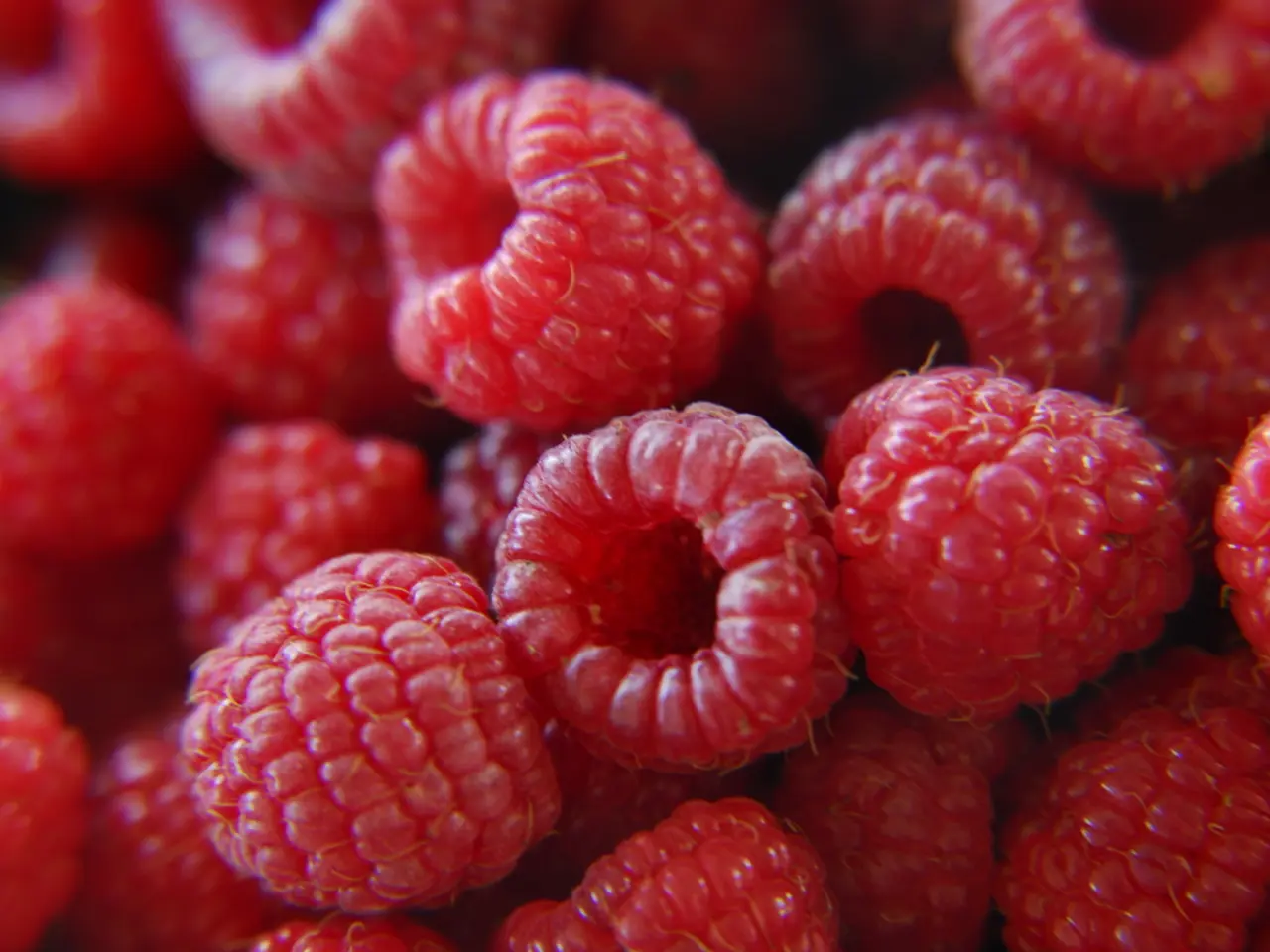Guide for Cultivating Raspberries
Growing and Caring for Summer-Fruiting and Autumn-Fruiting Raspberries
Raspberries, known for their delightful taste and versatility, are a popular choice for home gardeners. To grow and care for these berry plants, follow these key guidelines for planting, pruning, pest and disease management, and variety selection.
Planting:
Choose a location with full sun (6-8 hours daily) and well-drained, slightly acidic soil (pH 5.5–6.5). Raised beds or mounded rows help in heavier or clay soils to prevent drainage issues. Space plants 2-3 feet apart within rows, with 8-10 feet between rows to ensure good air circulation and ease of harvest. Use a trellis system such as T-posts with wires to provide support, improve airflow, and keep fruit off the ground, reducing disease risk. Incorporate soil amendments and organic matter before planting to create a nutrient-rich base.
Watering and Feeding:
Raspberries require consistent moisture, especially during flowering and fruiting. Use drip irrigation or soaker hoses to water at ground level, avoiding wetting leaves and fruit to reduce fungal disease risk. Mulch with organic materials such as wood chips, cardboard covered with compost, straw, or cut grass clippings to conserve moisture, suppress weeds, and protect roots from frost, but avoid piling mulch too close to canes to prevent rot. Fertilize in early spring with a balanced fertilizer or compost; avoid excessive nitrogen to prevent lush foliage at the expense of fruit.
Pruning:
Summer-fruiting raspberries produce fruit on the previous year's growth. Prune out last year's fruiting canes after harvest (late summer or early fall), leaving the current year's primocanes to fruit next season. Thin canes to 6-8 healthy, vigorous stems per plant to maintain airflow. Autumn-fruiting (everbearing) raspberries produce fruit on the current season's growth. You can cut all canes to ground level in late winter or early spring for a single fall crop, or prune selectively for two smaller crops (summer and fall). Remove any weak, diseased, or crossing canes and control lateral shoots to maintain a tidy plantation.
Pests and Diseases:
Common pests include aphids, spider mites, and raspberry crown borer. Diseases include powdery mildew and fungal rots. Prevent issues by maintaining good airflow, proper pruning, drip irrigation to keep foliage dry, and removing infected canes promptly. Regularly control unwanted suckers by spading around the edges of rows during the growing season to limit spread and maintain manageability.
Varieties to Grow:
For summer-fruiting types, popular cultivars include 'Heritage', which is self-pollinating, disease-resistant, and productive. For autumn-fruiting (everbearing) types, 'Heritage' is also common and can be grown for one large fall crop or two smaller crops. Consider different colors and flavors; some varieties come in red, black, purple, and yellow cultivars for diversity in the garden.
By following these practices, you can ensure healthy raspberry plants with bountiful harvests, whether growing summer-fruiting raspberries or autumn-fruiting everbearing raspberries. If buying summer-fruiting raspberries, ensure a sturdy support frame is in place to tie them to. Some popular variety options include 'Glen Moy', 'Malling Jewel', 'Glen Magna', 'Glen Ample', and 'All Gold'.
Raspberries are easy and cost-effective to grow, providing sweet and delicious fruit that can last for 10 years or more. Varieties like 'Tulameen' are resistant to grey mould and can even be grown in large pots. Happy growing!
A home gardener, seeking to expand their home-and-garden collection, might find the lifestyle of cultivating summer-fruiting and autumn-fruiting raspberries appealing, as raspberries thrive with proper guidelines for planting, pruning, pest and disease management, and variety selection. To add these plants to one's home-and-garden, consider providing a location with full sun, well-drained, slightly acidic soil, and incorporating soil amendments before planting.




